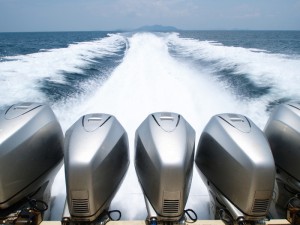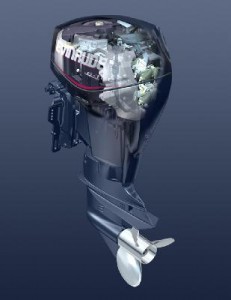Boat Engine Basics ~ The Ignition Part 2
 Yesterday we began to discuss the basic parts of a boat engine, starting with the ignition system, in an effort to educate boat owners on the basic functions of their boat. Don’t forget that understanding the primary design and purpose of the essential parts of your boat will only help keep you out of the repair shop if something is to go wrong with the operating system of the boat.
Yesterday we began to discuss the basic parts of a boat engine, starting with the ignition system, in an effort to educate boat owners on the basic functions of their boat. Don’t forget that understanding the primary design and purpose of the essential parts of your boat will only help keep you out of the repair shop if something is to go wrong with the operating system of the boat.
The overview of the ignition system ended yesterday with the power stroke being called into action by a spark igniting the fuel in the cylinder. The entire process that was outlined yesterday is timed by the rotation of the cam shaft raising and lowering the intake valves. Then, turned in perfect time with the intakes valves and , the belt from the cam shaft turns the device inside the distributor. In conclusion, if any parts of the engine fail, the boat engine will run poorly or not at all.
However, you can ensure a smoother running engine with Evinrude XD 50 oil.


